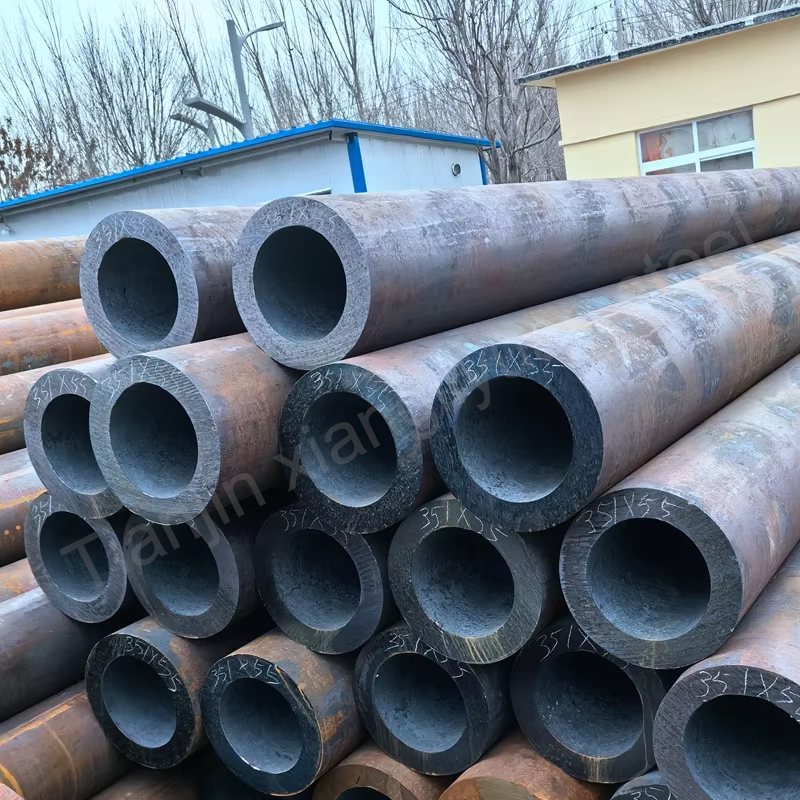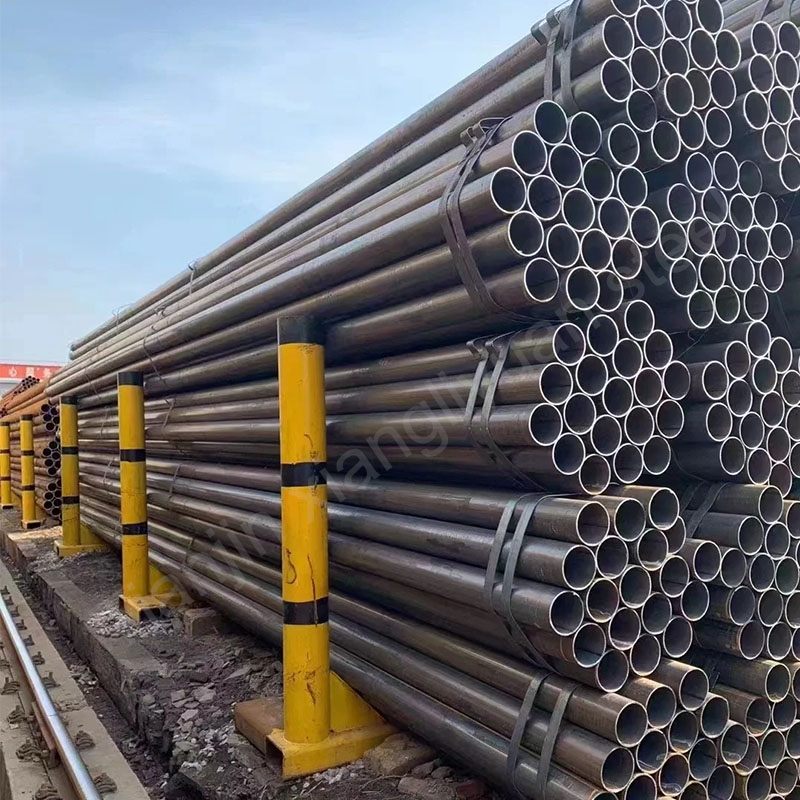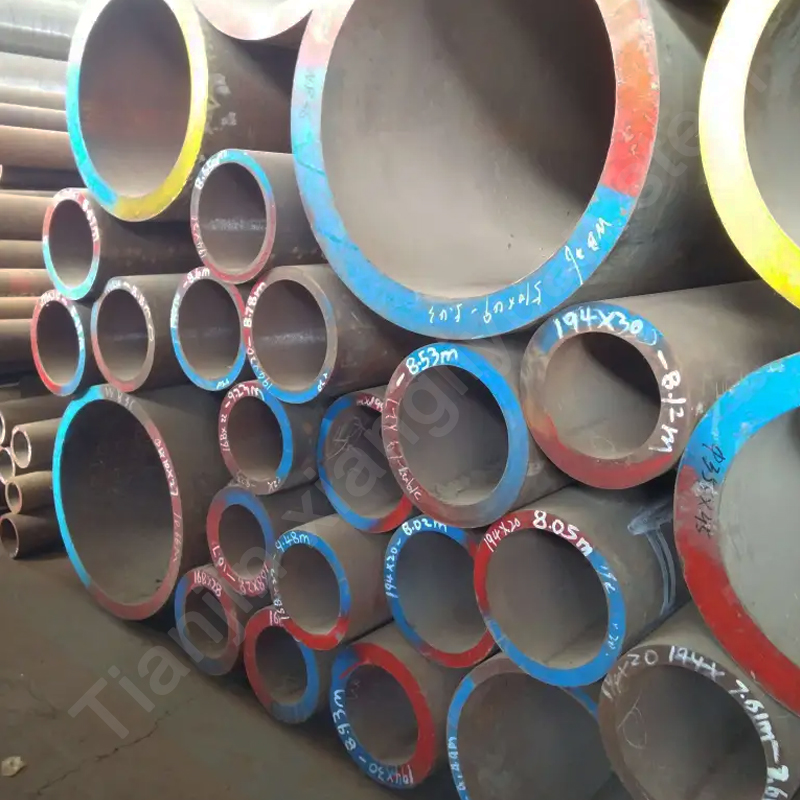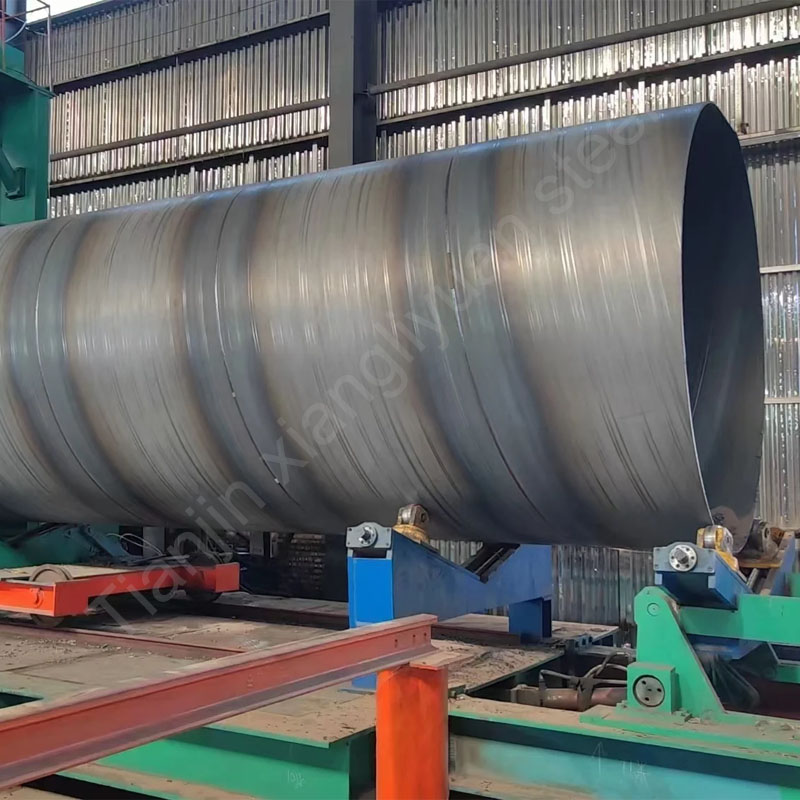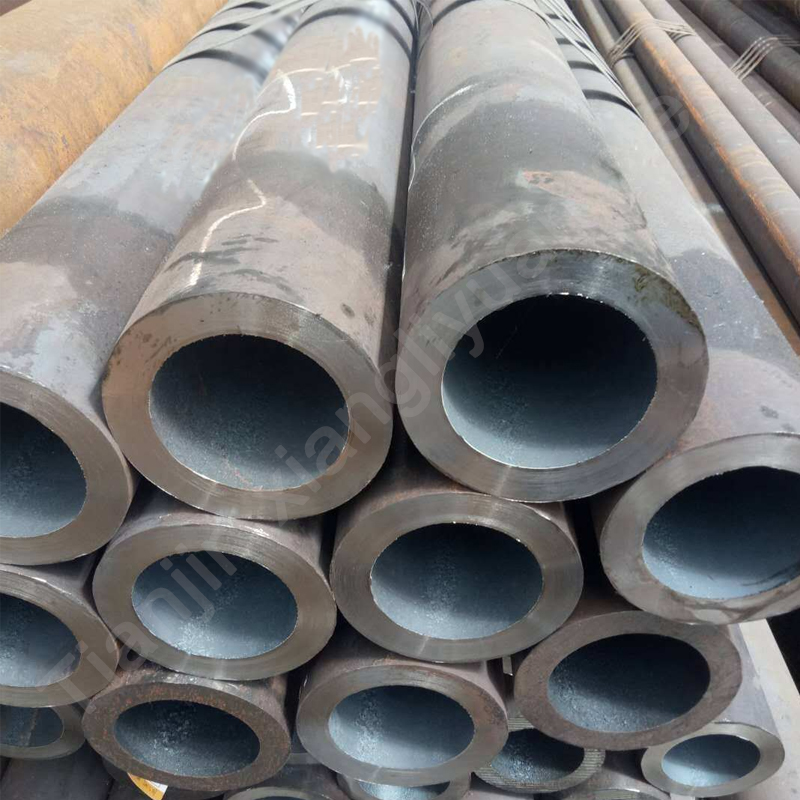Seamless pipe is an important pipe widely used in various industrial and engineering fields. Its excellent performance makes it outstanding in pressure bearing and corrosion resistance. The diameter and wall thickness of seamless pipe are important parameters that determine its application range and applicable scenarios.
The diameter and wall thickness of seamless pipe are important indicators that affect its bearing capacity and applicability. According to different production standards, the diameter range and wall thickness range of seamless pipe are usually as follows:
Diameter range:
Small diameter seamless pipe: usually 6mm to 60mm. This type of pipe is often used in fluid transportation and the manufacture of mechanical parts, suitable for low-pressure environments.
Medium diameter seamless pipe: usually 60mm to 200mm, widely used in construction and equipment connection, suitable for medium pressure transportation needs.
Large diameter seamless pipe: usually more than 200mm, mainly used in oil, natural gas and other industries, with strong bearing capacity, suitable for high-pressure transportation.
Wall thickness range: The wall thickness of seamless pipe usually ranges from 1mm to 50mm, depending on the pipe diameter and usage requirements. Small-diameter seamless pipes generally have thinner walls, while large-diameter seamless pipes need thicker walls to withstand high pressure and external loads.
Seamless pipes are widely used in multiple industries due to their unique structure and performance. Specific uses include:
Oil and gas industry: Seamless pipes play an important role in the oil and gas industry. They are used to transport crude oil and natural gas, and common applications include oil and gas pipelines, drilling pipes, and oil pipelines. These pipelines need to withstand high pressure and corrosion, so the high strength and corrosion resistance of seamless pipes are the preferred materials.
Chemical industry: In the chemical industry, seamless pipes are widely used for the transportation of chemical media, such as acids, alkalis, solvents, etc. Its corrosion resistance and good sealing properties make it widely used in reactors, storage tanks, and heat exchangers, ensuring the safety and efficiency of chemical reaction processes.
Construction industry: Seamless pipes are often used for structural support and water pipes in the construction industry. Due to its high strength and durability, it is suitable for steel structures, fire pipes, and water supply and drainage systems in high-rise buildings, and can withstand large loads and pressures.
Automotive industry: In automobile manufacturing, seamless pipes are widely used to manufacture key components such as automobile chassis, suspension systems and exhaust systems. The lightweight and high-strength characteristics of seamless pipes make them play an important role in reducing automobile weight and improving performance.
Aerospace: Seamless pipes are used in structural parts of aerospace vehicles, such as fuselages, wings and engine components, due to their lightweight and high-strength characteristics. These applications require materials to maintain strength and stability under extreme conditions.
Medical equipment: Seamless pipes are also used in medical equipment, such as infusion tubes, surgical instruments, etc. These pipes must have high hygiene standards and good mechanical properties to ensure safe and effective medical operations.
The diameter and wall thickness range of seamless pipes are key factors in determining their applicability. Choosing the right seamless pipe can effectively improve the safety and efficiency of the project. Understanding the diameter, wall thickness range and applicable scenarios of seamless pipes is crucial for engineers, purchasers and related practitioners when selecting materials.

